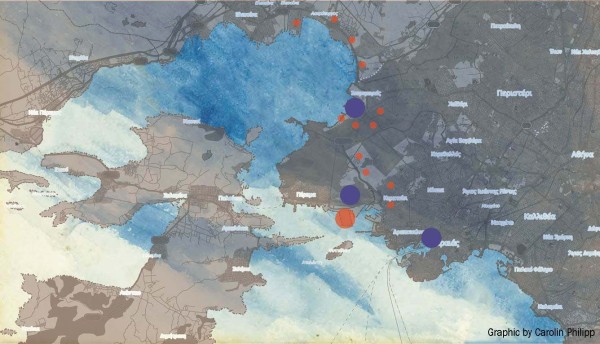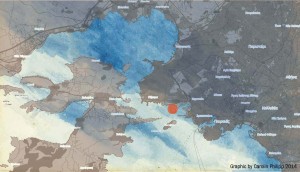Ranabir Samaddar
Blog
Greek Revival, Chinese Dreams*
Metal Scrappers: Connectivity and Flexibility of the Marginalised
Carolin Philipp
Pier II at Piraeus is a site where various transnational transportation networks coalesce. Leased to China’s Cosco, the global hub receives, reloads, transfers and consigns goods stored in containers. Pier II is mainly used for the trans-shipment of containers that – immediately and without taxation – leave the harbour after being reloaded on a subsequent ship. Less than 20 percent of the containers that leave the Pier are loaded on rail or heavy-goods vehicles to continue their journey further into Europe.
Trojan Horses, Black Holes and the Impossibility of Labour Struggles
Dimitris Parsanoglou
One of the most significant facets of the current crisis in Greece is linked to the readjustment of labour relations. Apart from austerity measures, all major legislative initiatives, imposed in the framework of bailout loans and rescue packages provided by the Troika (the International Monetary Fund, the European Commission and the European Central Bank), included major structural reforms. The main aim of the Structural Adjustment Program (SAP) was nothing less than reducing labour cost in order to attract foreign investments.
The Newly Builts and the Aspropyrgos Zone: Illegality, Racism, Infrastructures
Ilias Marmaras
The Newly Builts (Neoktista), located along the route of the new Ikonion-Thriassio rail line, are chosen as a spatial node for this research. They are a site of open racialised tension between ethnic Greek and Roma inhabitants, who accused of being responsible for the degradation of the town due to their involvement in the drug trade and the scrap industry.


